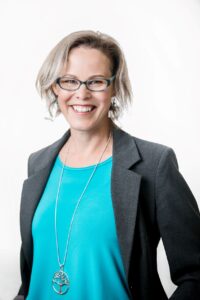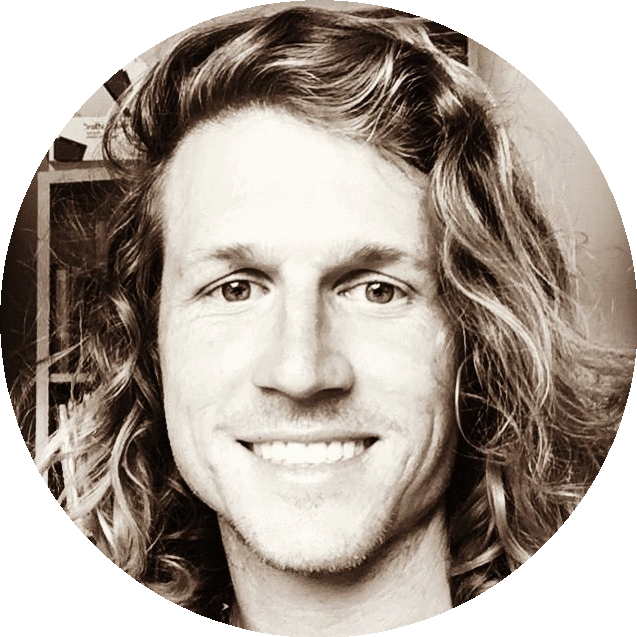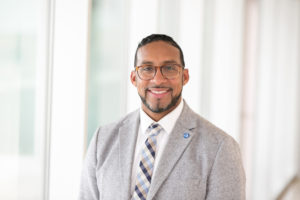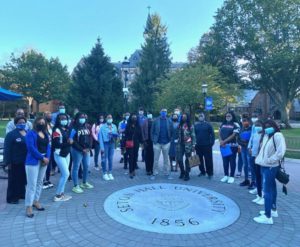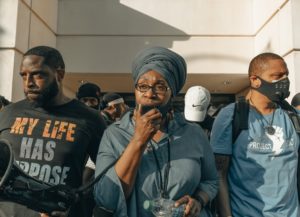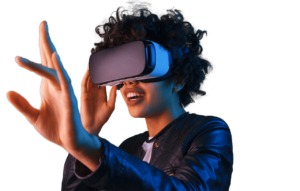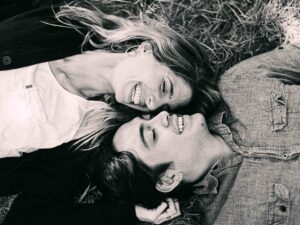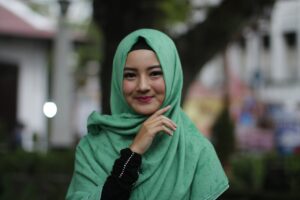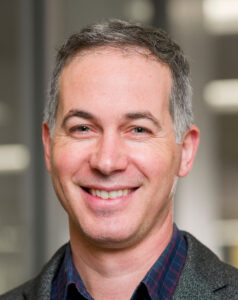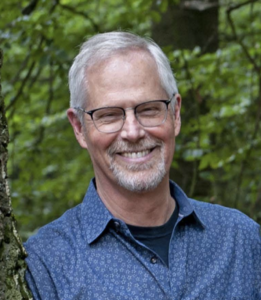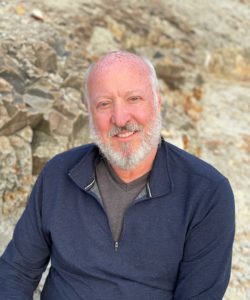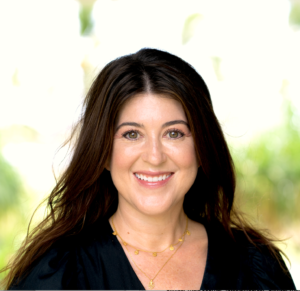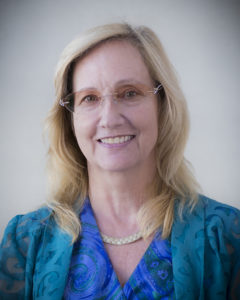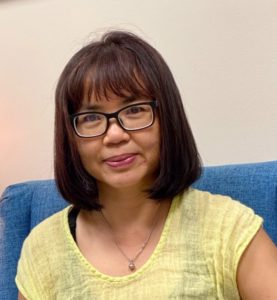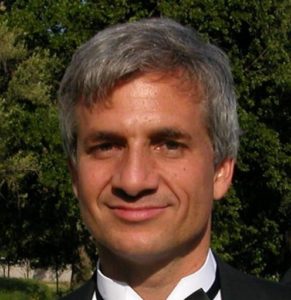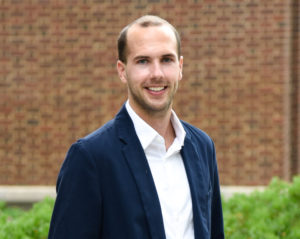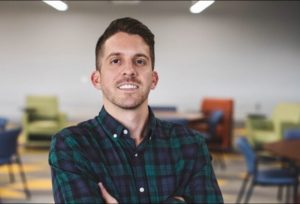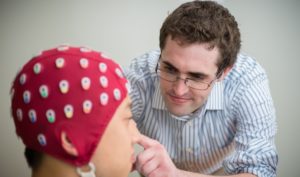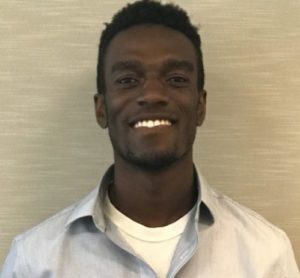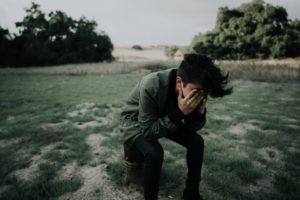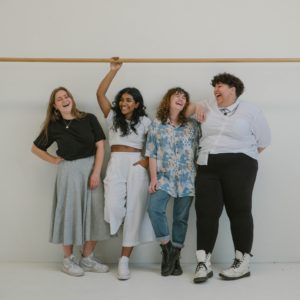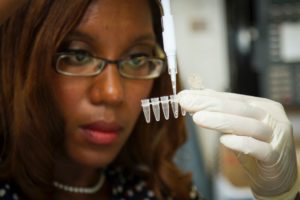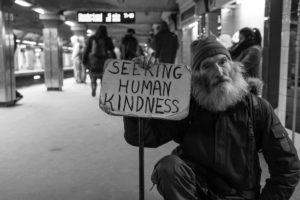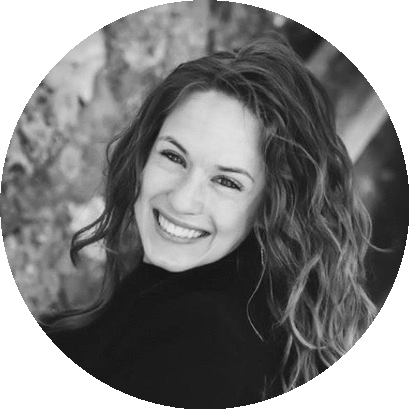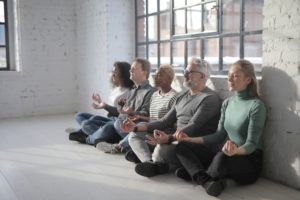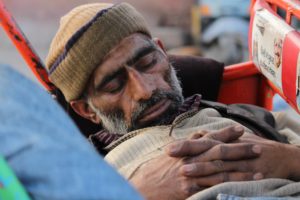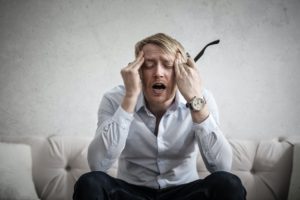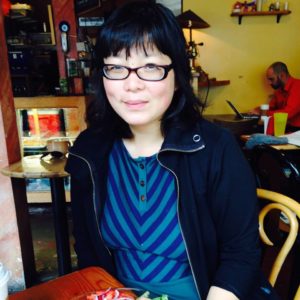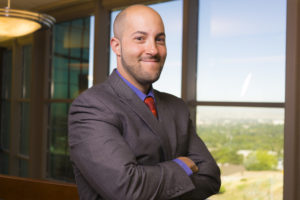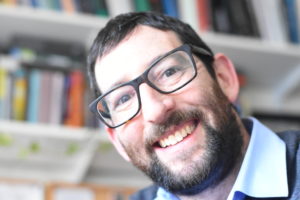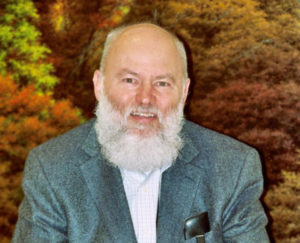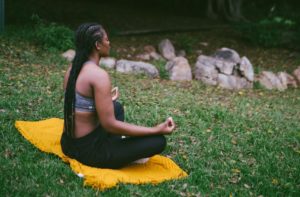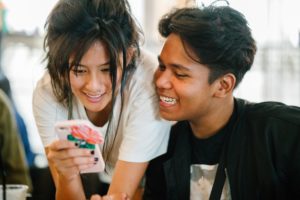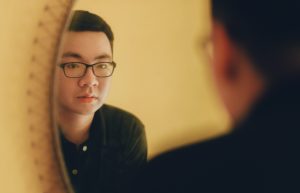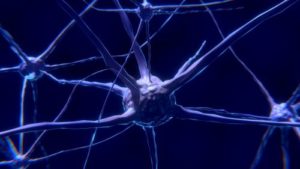What is the intended impact of this model?
This is a model that we have not yet seen; there are a bunch of independent lines of research that exist, such as what happens when resources are dedicated to grassroots organizations, trauma recovery, training police officers on implicit racial bias, or the effects of introducing mindfulness into communities. This proposed center ties all of that together: economic justice, legal justice, social justice, trauma recovery, and contemplative communal spaces. This puts tax money not just into violence prevention but also into healing. We have to work toward healing the community by increasing our emotional intelligence and groundedness as well as meeting their immediate needs. Some people have never had the privilege or exposure to these grounding techniques. Even recognizing our breath, something that appears so basic, some individuals don’t know that they’re becoming agitated and have dysregulated breathing. Total body disconnectedness. We hope to instill skills that have real impact in people’s daily experience.
‘Defunding police’ is a big topic but there aren’t many practical suggestions, heavily researched practice models, nor a clear definition of what that means. We have to give the Mayor and the City of Newark credit for this reallocation of resources for a new center for violence prevention and trauma recovery. The city government has not only taken that leap of faith, but action and the decision that if we want to change, we have to do something different. We can’t continue 50 years of trying to ‘reform the police’; let’s engage in a different model that encompasses the police, the community, government and mindful orientation. This increases our emotional intelligence through deep insight, compassion, and holistic healing as we create healthier communities. The way I envision it working, we have to work with individuals to effect change outwards, and this in turn reflects back inwards. The City of Newark can serve as a model that works. The fact that the Mayor and the government are investing their fiscal and physical resources toward this work shows true commitment to progress.
Do you feel that these mindfulness skills are for members of the community or for other groups, like police officers?
I want to be clear that I believe in working with both members of the community and the police. Some people don’t take that stance. My stance is that we need to put more money into people who are on the streets. Credible messengers, as we call them, are individuals who are community stakeholders and have respect in the communities. These need to be our first responders for non-violent public safety responses, rather than calling the police when someone is in distress either due to homelessness or a mental health crisis. Re-structuring and re-conceptualizing what we in our community see as public safety. Credible messengers can be anyone who has buy-in and can hopefully unite communities with police in this work. This is just one example of many.
We’re partnering with community members, government, grass roots organizations and violence disruptors with police officers and universities to teach social justice and contemplative practices. Imagine within these transformative spaces, we have cohorts of police, ex-gang members, community leaders, and government officials. The goal is to create healing spaces that address the multiple dimensions of oppression and collective trauma. Community healing takes a comprehensive intervention, not just moving money, creating programs, and investing in training. Together they can begin truly seeing one another as human beings, learning new skills to build compassion, and applying these new approaches. This one small component can save lives and help reduce the automatic responses from the hip that causes dehumanization and results in excessive force.
If I’m engaged in these cohorts, I see you as a community partner, a brother locked in arms. That is the essence of using contemplative practices in caring justice. It’s ‘this and,’ not ‘this or.’ It’s engaging the community and putting the resources in the hands of grassroot organizations and cultivating a new culture in public safety and adopting these models. This entails being grounded in the present, reducing implicit biases, becoming more aware, and meeting each other as we are with heart-centeredness. Imagine the communities that we can build.
How do you see virtual reality (VR) as an asset in these efforts to this center and your larger goals?
One of my areas of interest is VR to teach social justice. This came about as work as a futurist. How do we envision and design the world we want to live in? Emergent technology is a way in which folks can deepen the immersive experience using mindfulness and VR technologies. We want to take it a step further using mindfulness to teach social justice by building empathy. This practice is inspired by the work of Courtney Cogburn of Columbia University and well as the work being done at the Virtual Reality Human Interactions lab. Stanford is conducting research on empathy-building using VR technology. I learned about that work last summer. I asked if anyone is using this in practice, like clinicians. I took it upon myself to pursue this work since what’s missing is a model that can help people connect with these immersive experiences in practice.
One of my colleagues, Anthony Nicotera, came up with a model of learning using mindfulness called the Circle of Insight. It takes you through the cycle of being fully aware: noticing, reflecting, then acting. In my work, I took his model slightly further by adding ‘feeling’ and ‘de-roling’. These two areas in the circle of insight, while engaging in virtual reality, reinforces the importance of being connected to the body by noticing physical sensations, then when completing the virtual experience, to de-role from the avatar.
We are planning to add this work at the Center of Office of Violence Prevention and Trauma recovery. The goal for the first floor at the proposed center will be a VR room where people can immerse themselves in a program that takes people through the immersive experience of social activism in the City of Newark. What was it like to be in the 1967 uprising and to then see the effects of gentrification? Cultivating questions like: What type of future are we committed to designing? How do we reflect on the past mistakes in a visceral way as well as taking personal conviction to being a part of the change to ensure healthier communities. It’s taking them through a journey in the past and a journey into the future using immersive technology.
Before using VR, we teach them the VR-Circle of Insight and set an intention. People can find it entertaining or even triggering. That’s why mindfulness is so important. We have to set the intention. What are you doing this for? What is happening within me? What are the physiological and emotional reactions? We need to put it in a perspective toward action.
